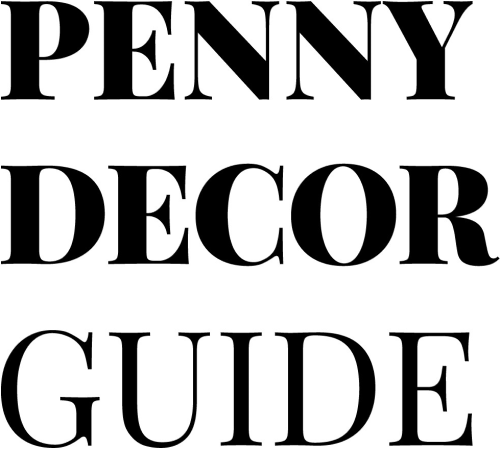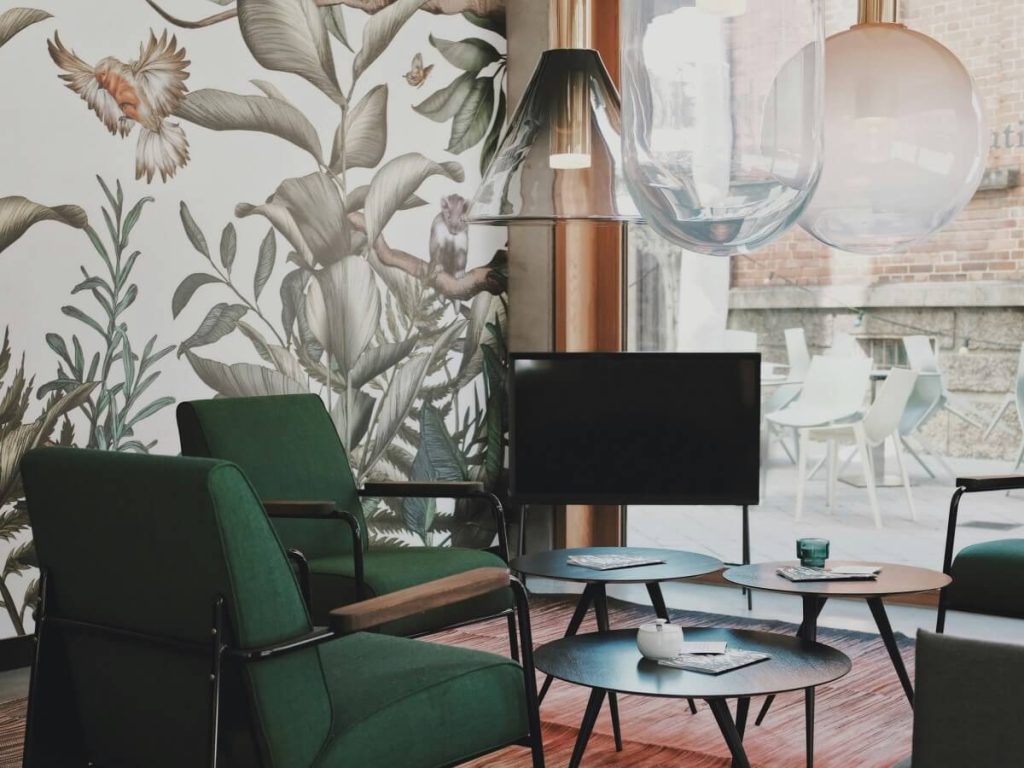How to Style a Room When You Don’t Know Your Decor Style Yet
A beginner-friendly guide to styling your home without needing a defined decor style.
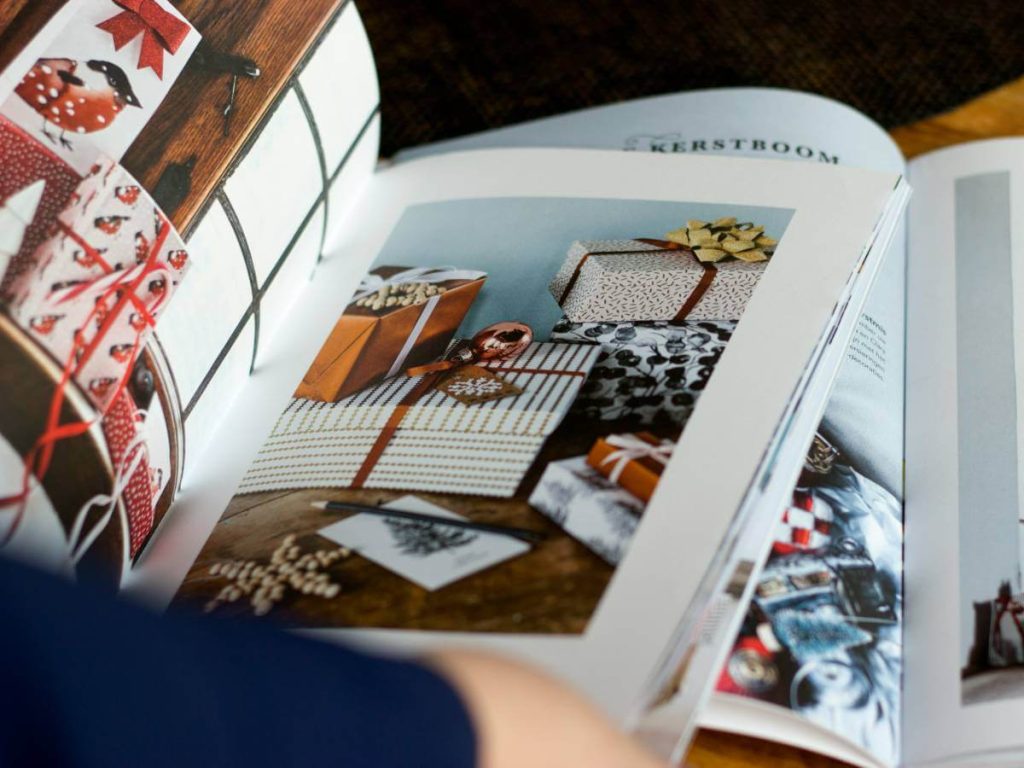
If you’ve ever stood in the middle of your living room, phone in hand, staring at Pinterest and wondering, “Why can’t I figure out my style?”—you’re not alone. Finding your home decor style isn’t just about labels like “modern farmhouse” or “Scandinavian.” It’s about creating a space that feels right for you, even if you’re not sure what to call it yet.
Here’s how to confidently style a room—even when you don’t know how you want it to be (yet).
Table of Contents
1. Start with What You’re Attracted To (Not What You Own)
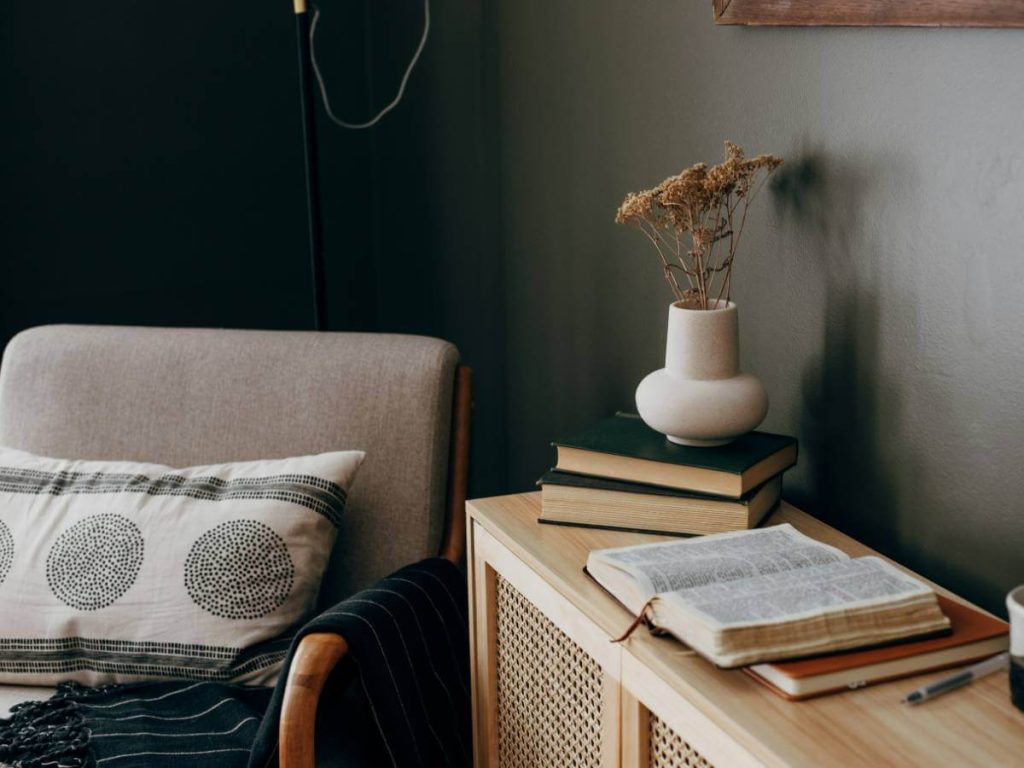
Before you rearrange a single piece of furniture, start collecting inspiration. Scroll through Pinterest or Instagram and save anything that gives you a gut-level “yes.” Don’t overthink it.
To-do-list: Create a Pinterest board and save 25–50 images you love. Then look for patterns—color schemes, shapes, materials, or moods. Are they warm and cozy? Cool and minimal? Vintage and colorful?
This is your visual instinct speaking—and it’s more reliable than any design quiz.
2. Identify the Style Vibes, Not the Labels
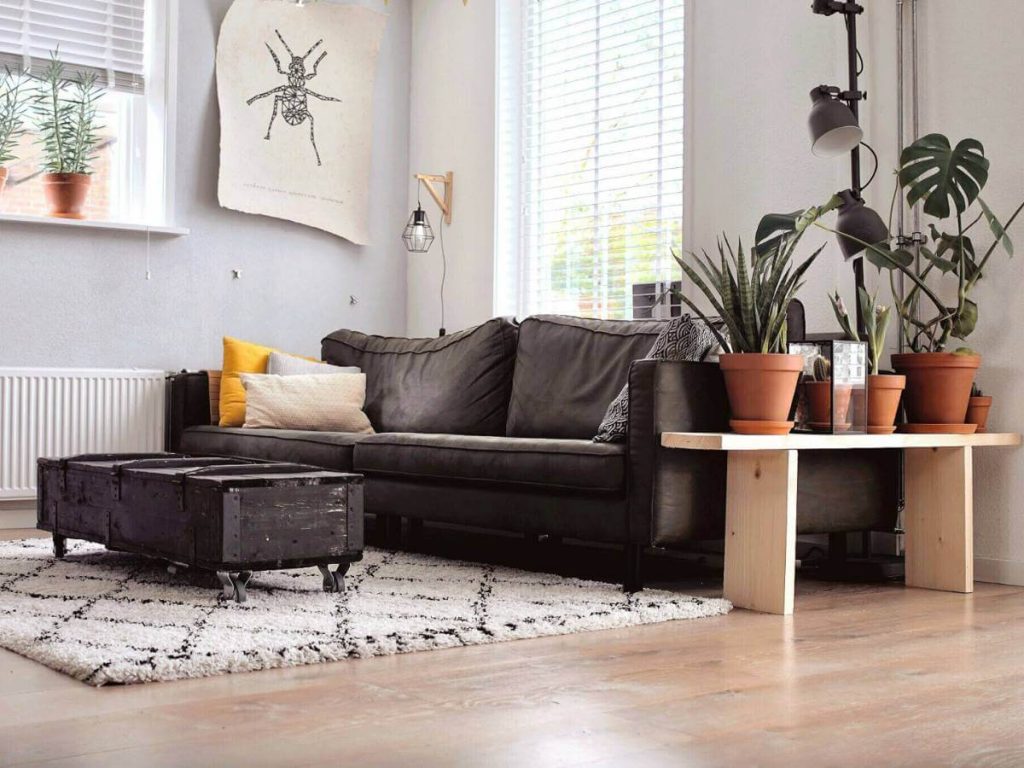
Here’s the truth: most homes are a mix of styles. Rather than trying to squeeze your space into a box, pay attention to the feeling behind the looks you like.
- Do you gravitate toward clean lines and neutrals? That might lean minimalist.
- Love earthy tones and textures? Hello, organic modern.
- Obsessed with vintage finds and color? Eclectic might be your sweet spot.
Tips to find your style: Describe your aesthetic in three words (e.g. warm, structured, relaxed) rather than categories.
3. Use One Piece as a Style Anchor
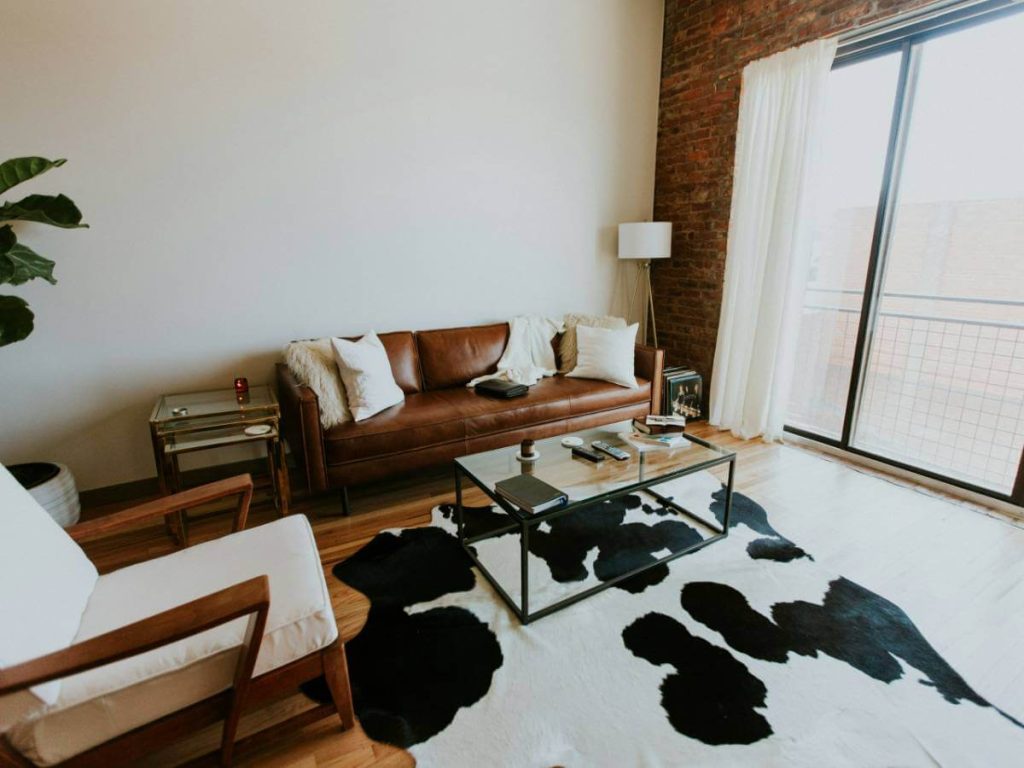
When in doubt, choose one favorite item—a chair, a light fixture, a rug—and build your room around it. This piece becomes your anchor.
If you love that velvet rust-colored chair? Boom—you’re likely into rich textures, bold color pops, and layered neutrals.
Building around what you love gives the room intention and makes decision-making easier (vs. buying random things that “seem nice”).
4. Work With What You Have—But Edit Ruthlessly

You don’t need to start from scratch. In fact, styling a room with a mix of old and new adds character. But you do need to edit.
- Pull everything out of the room.
- Add only the items you love back in.
- Group pieces by color, texture, or vibe.
“Once I cleared my bedroom and started fresh, I realized I didn’t need three mismatched nightstands. I just needed one beautiful lamp and a clean surface.”
Make space for clarity before adding more.
5. Build a Room in Layers, Not All at Once
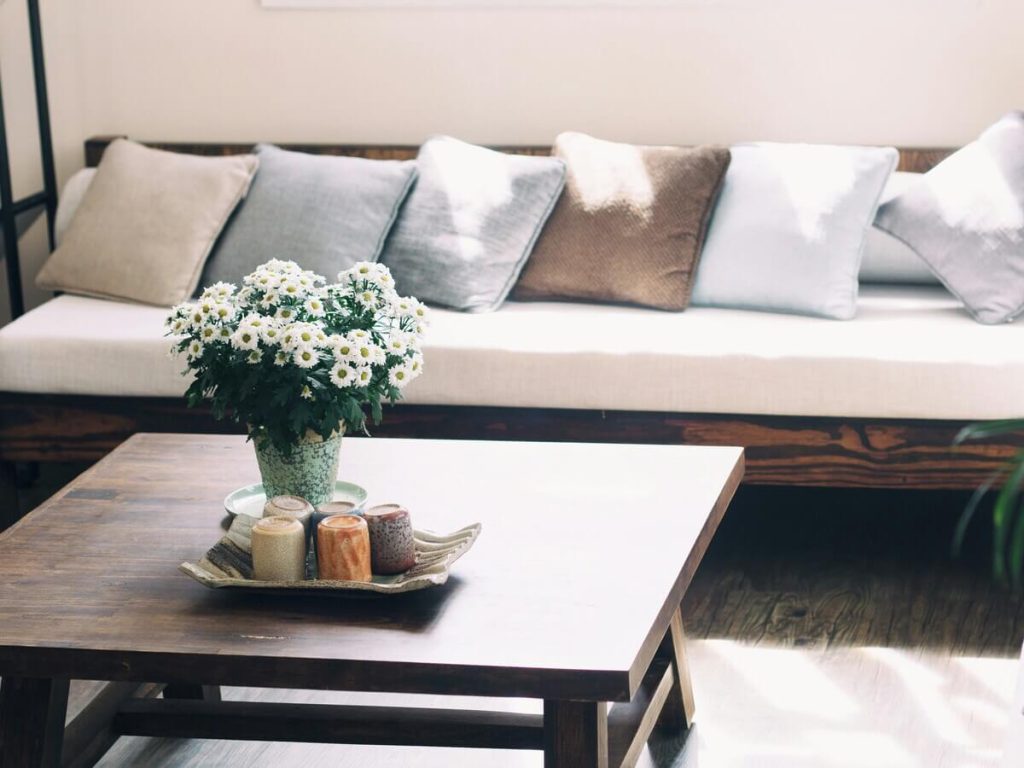
Think of styling like dressing yourself: foundation pieces first, accessories later.
Start with the big players:
- Rug
- Bed/sofa
- Lighting
- Window treatments
Once the structure is in place, bring in personality:
- Art
- Pillows
- Plants
- Books
- Thrifted finds
Designer trick: Stick to a 3-color palette. This creates harmony without making everything matchy-matchy.
Let your style evolve over time. Great rooms are collected, not completed in a weekend.
Conclusion
Finding your decor style doesn’t have to be a one-time quiz or a rigid definition—it can be a process of noticing, changing, and responding to what you love. The key is in building intentionally, piece by piece as style is something you grow into. Start with curiosity, lead with what feels good, and trust that your space will reflect you more clearly with each layer you add.
FAQs: Finding Your Home Decor Style
1. What if I like multiple styles?
That’s completely normal. Most people do! Focus on a common thread (color palette, vibe, material) to blend them cohesively.
2. How do I avoid making expensive styling mistakes?
Start small. Test your style with budget-friendly décor like throw pillows, thrifted art, or paint samples before committing to big-ticket pieces.
3. Can I style a room without a specific décor style?
Yes! If your space feels good to you, you’re doing it right. Good thing is you can always change your décor style over time.
4. What’s the difference between decorating and styling?
Decorating sets the foundation (furniture, layout). Styling is about the finishing touches—the art, textures, and accessories that bring it to life.
5. How do I make my room feel intentional without hiring a designer?
Use the three-word method (e.g. cozy, natural, simple) and a 3-color palette. Additionally, look for ideas on Pinterest or Instagram will help you.

